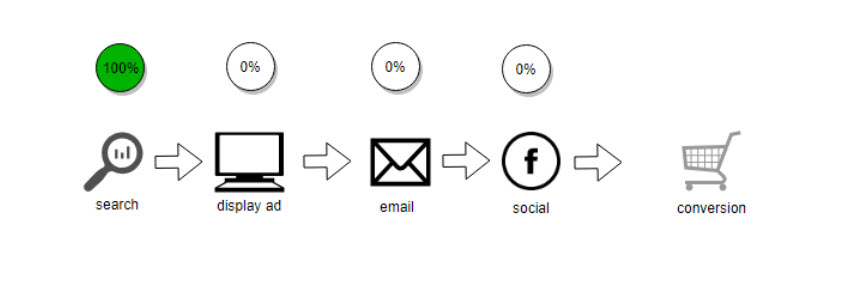Fishing With Hooks and No Line.
After reading a Sony Vaio laptop ad this morning I clicked on the QR code. These little goodies are the rage, and rightly so, but many marketers haven’t quite figured them out yet. The worst attempts send people to the company homepage or a Facebook page. The best provide a trail of proof for the ad claim that moves the consumer closer to purchase – taking the ad logic and selling premise and extending it. Somewhere in the middle are marketers who provide lists of additional information, either in text or clickables. Sony’s effort fell in the middle. Their QR code mobile landing site offers a video that is still loading, some nice product specs, price variations, special offers, way under the fold a smart showcase of the illuminated key board feature, a claim about flying from NY to Rome on one charge, powered by Microsoft Windows 7, and something about a kitchen sink.
Ad agencies all complain that their business models and profitability have changed. The fact is, the things they sell have changed and they’ve been slow to adapt. This QR code exercise points out how many new things agencies get to make – beyond ads – to enhance the client selling experience and make more money. Happy, happy.
Using a fishing metaphor, ad agencies are focused on the hook — lo, they celebrate the hook — but they forget the line, pole, boat, and fish keeper. (The Vaio video is still loading.)
In my posts about Twitch Point Planning I write of the need to use transmedia or cross media twitches to move customers closer to purchase. That is the absolute best purpose of a QR code. Yet many are lazily using the code simply to move consumers closer to information. Disorganized information at that. Still loading. Peace!


